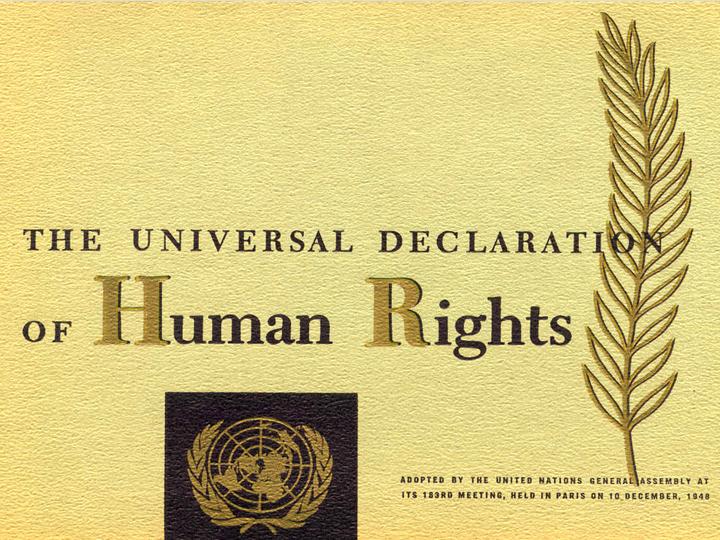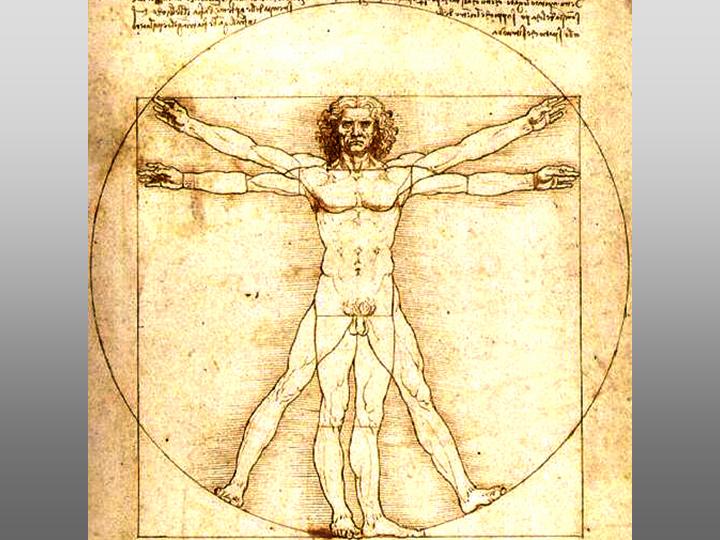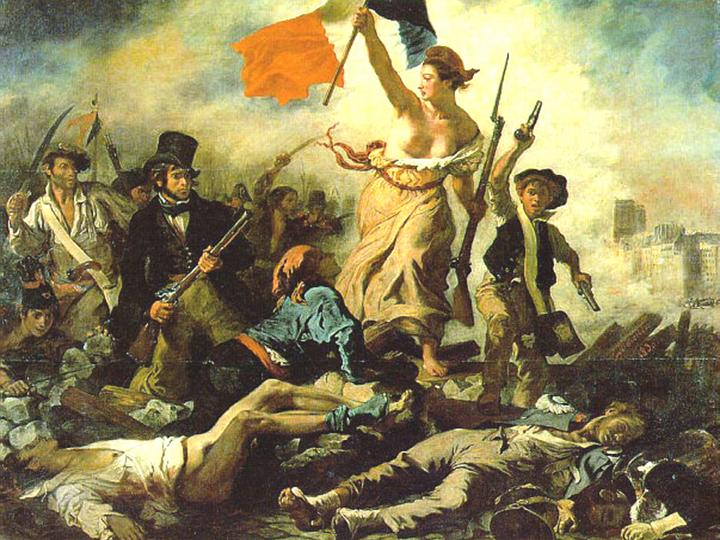Home
 10 Pillars 10 Pillars  Map Map
 Portal Portal  Encyclopedia Encyclopedia  About About
 Terms Terms
 Contact Contact
 Overview & Rationale |
||||||||||||||||||||||||||||||||||||||||||
|
||||||||||||||||||||||||||||||||||||||||||
Human
knowledge is growing while we conquer new
horizons. New fields emerge as we conceive innovative ideas, improve
our
scientific methods, and invent new technologies. Yet, we fail
to capture the whole picture and the logical
relations among the various parts
of knowledge.
- Foundations studies human knowledge.
- Supernatural concerns mysticism and religion.
- Matter and Energy explores the basics of the physical world.
- Space and Earth explores our planet and outer space.
- Non-Human Organisms explores the non-human living world.
- Body and Mind human body and the human mind.
- Society deals with the various aspects of human social life.
- Thought and Art studies the products of the human intellect and the arts.
- Technology explores the products of human creativity, which are designed to achieve practical purposes.
- History encompasses human history.
Living world. On top of the intersection between the universe and humans a fifth super-phenomenon emerges, the living world (pillars 5-6). The order of the 10 pillars makes it possible to represent the religious approach, which separates apes and humans, and the scientific approach, which treats both of them as part of the living world.
Categories vs. fields.
Every pillar is composed of
relevant categories. Every category presents the relevant fields. For
example, Matter
and Energy is composed of three main categories, Theory,
Principles,
and Substances. The Theory
category presents two fields, Philosophy
of Physics, and Philosophy of Space and Time.
Principles
presents Physics, and Substances
presents Chemistry. The
distinction between categories of the map and fields of knowledge is
essential.
Library
of human knowledge. Imagine
that the Map mirrors a
library. The pillars
are bookcases, the categories are shelves, and
the fields are books. The Library
of Human Knowledge has
an impressive collection of hundreds of books (i.e., fields). They are
stored
in ten bookcases (i.e., pillars), which are divided into relevant
shelves
(i.e., categories).
Human
knowledge is constantly growing. New books are
written. Old books are revised. This is the nature of our cultural
heritage.
At
the map level, pillar 1 is the “theory” part of human
knowledge and pillars 2 through 10 are the “embodiment” part. Pillar 1
includes
meta-knowledge (i.e., knowledge about knowledge), or rather the
“'theory” of
human knowledge. Pillars 2-10 embody our knowledge of the supernatural,
the universe,
and human phenomena, which are the center of human exploration.
At
the pillar level, the first category, Theory, is
the “theoretical” part of the pillar. It presents fields that are
focused on
the theoretical aspects of the explored phenomena (e.g., Philosophy
of
Knowledge, Philosophy of Science). The
other categories embody our
knowledge of the explored phenomena. All the
pillars share the Theory – Embodiment structure, with one
exception. Pillar 8, Thought and Art, is divided
into three sections, Thought, Literature,
and Non-Literary Arts; each one of them has its own
Theory-Embodiment structure.
At
the field level, the “theory” section is implemented in
the theory of the field (for example, Philosophy of Medicine
is part of
the "theory" section of Medicine). The other
sections embody
our knowledge of the relevant phenomena. In the example of Medicine,
these are Internal Medicine, Pediatrics,
Surgery, and the
like.
Chaim Zins
Jerusalem, January 2012
a must for your library
© Copyright Dr. Chaim Zins,
Chaim Zins, Knowledge Mapping Research, 26 Hahaganah St. Jerusalem, 97852 Israel.
Tel: 972-2-5816705. chaim.zins@gmail.com









